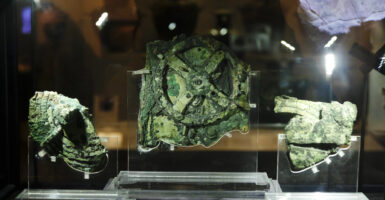20 Everyday Things Invented During Times of Crises
Crisis breeds innovation. Throughout history, some of humanity’s most useful inventions emerged from periods of extreme challenge when necessity truly became the mother of invention. Many objects we take for granted today arose from moments when survival, scarcity, or conflict pushed creative minds to their limits.
Instant Coffee

During the American Civil War, soldiers needed a quick, portable way to get their caffeine fix. James Folger seized this opportunity, creating coffee that could be easily dissolved in water.
The military’s need for shelf-stable coffee led to innovations in dehydration techniques that are still used today. The first successful process for manufacturing instant coffee at scale came from George Washington (not the president), who developed it while working in Guatemala during a coffee surplus crisis.
The product gained widespread adoption during World War I when the U.S. military ordered massive quantities for troops. Soldiers nicknamed it “a cup of George,” and the convenience it offered forever changed how people consumed coffee.
Tea Bags
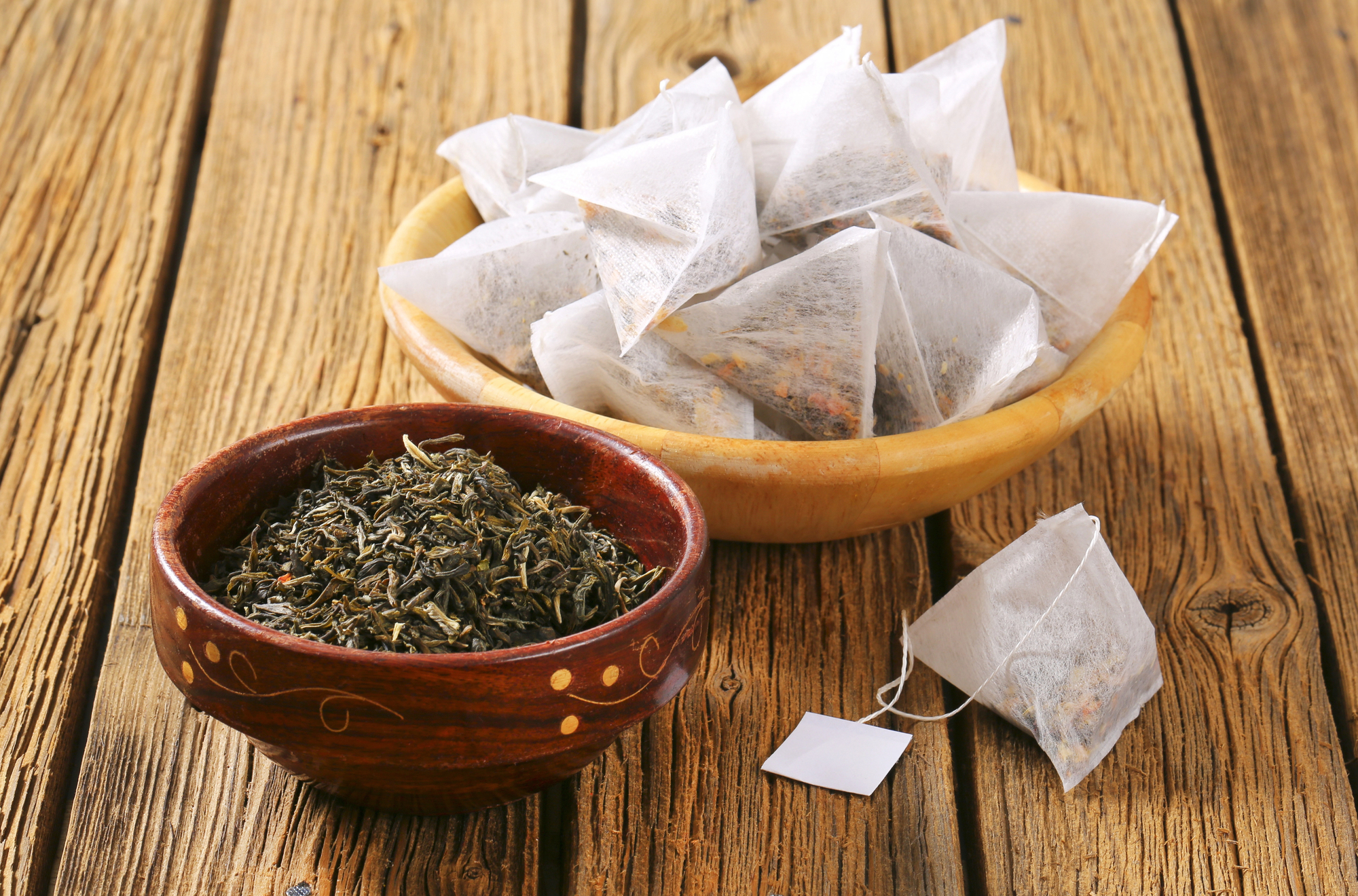
Tea bags originated during wartime rationing when Thomas Sullivan, a New York tea merchant, tried saving money by sending samples in small silk pouches instead of metal tins. Customers assumed they should put the whole pouch in hot water rather than opening it, accidentally discovering a more convenient way to brew tea.
During World War II, rationing made the innovation even more valuable as it allowed precise portions and prevented waste. The material changed from silk to gauze and finally to paper due to silk shortages during the war.
Today, about 96% of tea consumed in the West uses tea bags.
Like Go2Tutors’s content? Follow us on MSN.
Duct Tape
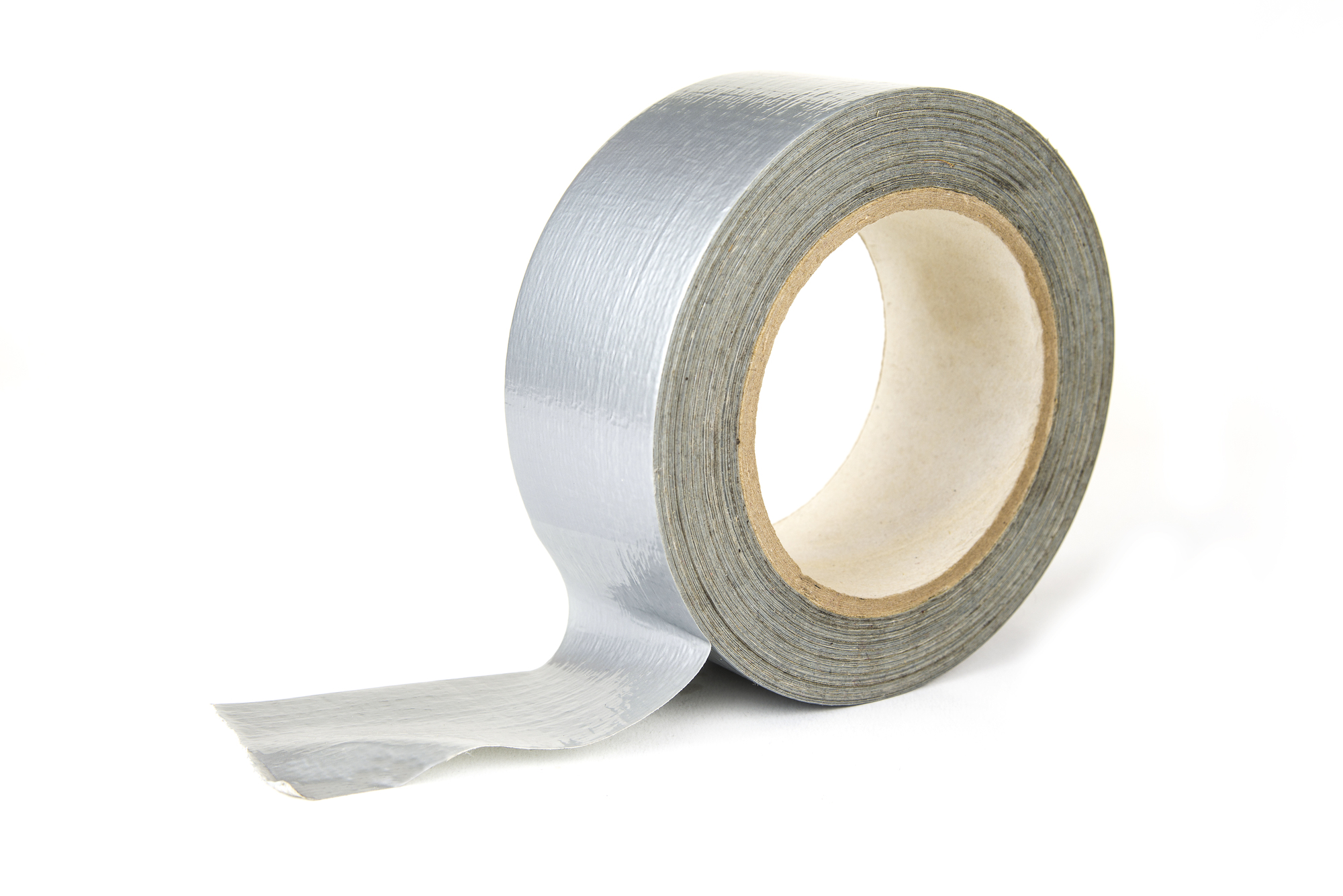
This versatile adhesive tape emerged during World War II when the U.S. military needed a waterproof, strong tape to keep moisture out of ammunition cases. Vesta Stoudt, who worked in an ordnance plant, proposed the idea to President Roosevelt after seeing soldiers struggle with ammunition box seals.
The Johnson & Johnson Company developed the product, initially calling it “duck tape” because of its water-resistant properties and the cotton duck cloth used in its construction. After the war, it found new life in the construction industry by sealing heating and air conditioning ducts, leading to its current name.
The original military version used an olive drab color instead of today’s familiar silver.
Superglue
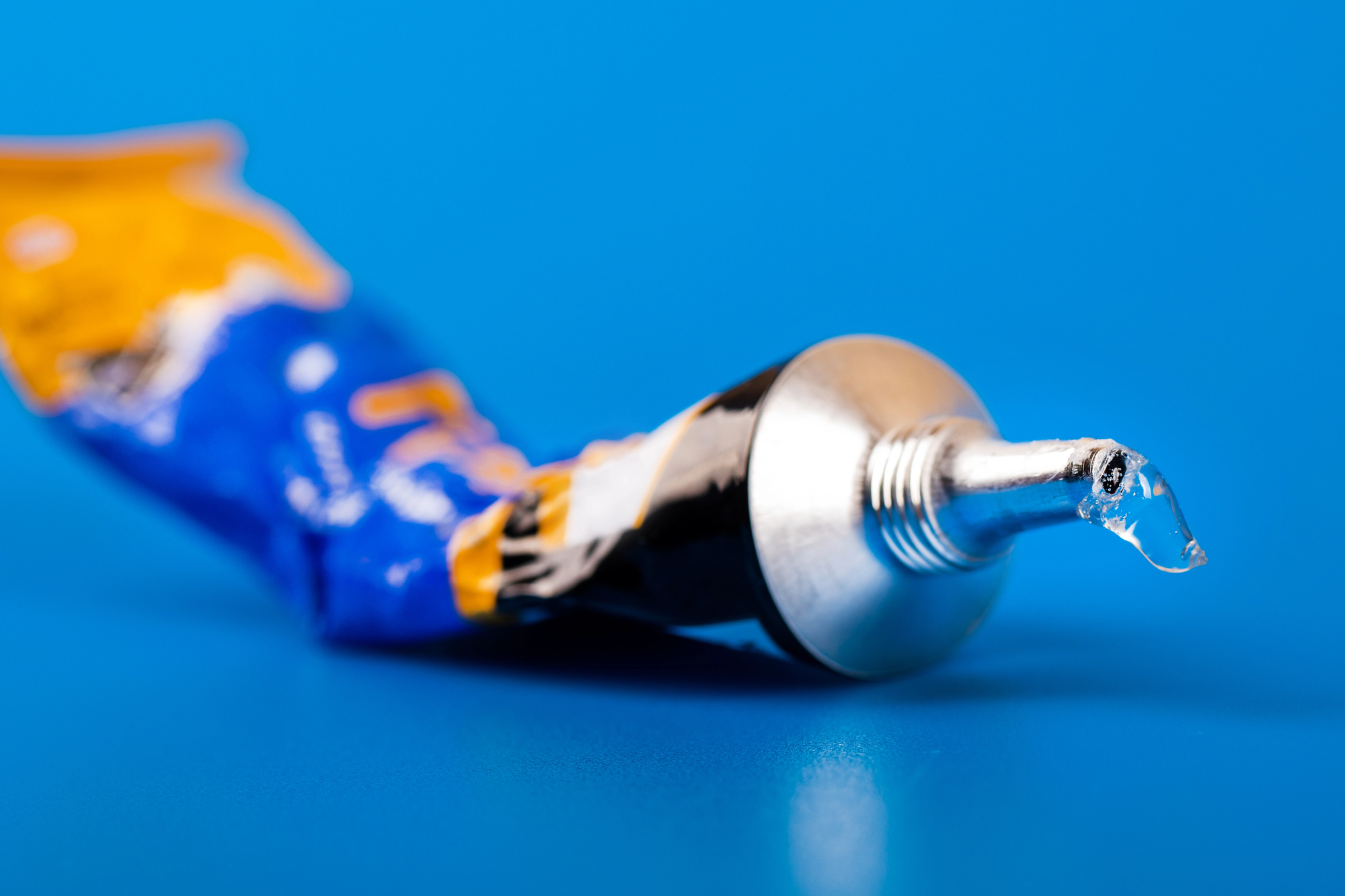
Dr. Harry Coover accidentally discovered superglue while trying to make clear plastic gun sights during World War II. The substance proved too sticky for gun sights, but its incredible bonding properties caught his attention.
During the Vietnam War, medics used a spray version to seal soldiers’ wounds, saving countless lives. The original formula, cyanoacrylate, was rejected for its intended military purpose because it stuck to everything it touched.
Years later, Coover and his team rediscovered the formula while working on heat-resistant jet airplane canopies, finally realizing its commercial potential.
Wristwatch

While pocket watches existed earlier, wristwatches became essential during World War I when synchronized military operations required precise timing. Officers needed to coordinate attacks while keeping both hands free for weapons and maps.
The “trench watch” was born, featuring a protective grille over the face to prevent damage. Before the war, men considered wristwatches feminine accessories.
The conflict transformed them into symbols of military precision and masculinity. Post-war advertisements often featured soldiers, helping establish wristwatches as everyday accessories for both men and women.
Like Go2Tutors’s content? Follow us on MSN.
Band-Aid

Earle Dickson created Band-Aids while working for Johnson & Johnson, inspired by his wife’s frequent kitchen accidents. The Great Depression made this household staple indispensable as people couldn’t afford doctor visits for minor injuries.
The product took off during World War II when millions of Band-Aids were included in military first-aid kits. The company developed special dark-colored versions for soldiers requiring camouflage and waterproof varieties for tropical warfare.
These innovations later benefited civilian uses.
M&M’s
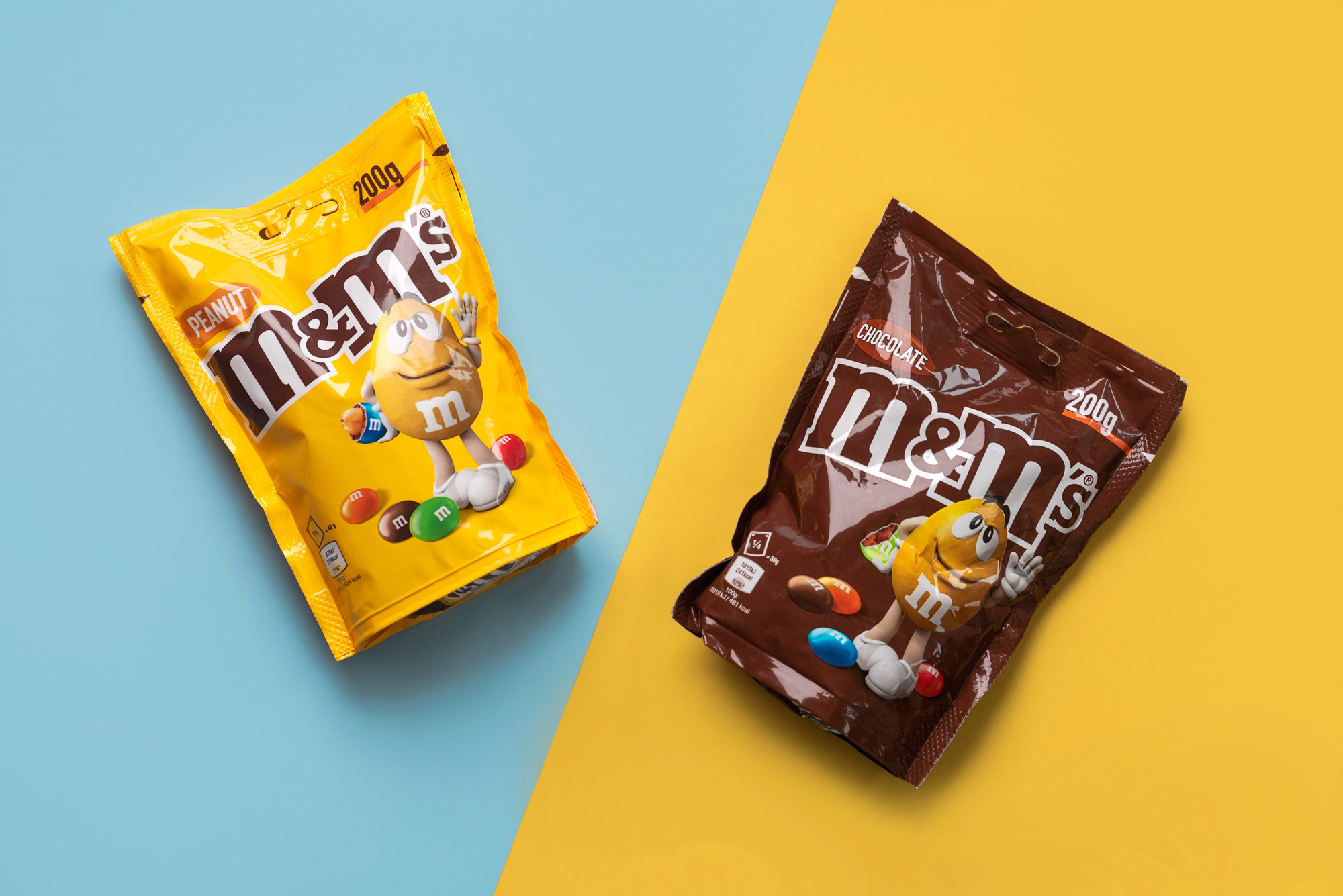
These candy-coated chocolates were invented as military rations for World War II soldiers. Forrest Mars Sr. and Bruce Murrie developed the candy coating to prevent chocolate from melting in tropical climates where soldiers were stationed.
The “M” stamped on each piece stood for Mars and Murrie. The candy became military exclusive during D-Day, with the chocolate being supplied solely to the U.S. military. After the war, returning soldiers’ familiarity with the product helped establish it in the civilian market.
Sanitary Napkins

Modern sanitary napkins originated from bandage material used in World War I. Nurses discovered that Cellucotton, a super-absorbent material used for bandaging wounds, worked better than traditional options for menstrual care.
Kimberly-Clark Corporation, which produced Cellucotton, repurposed the material after the war as Kotex sanitary napkins. The crisis of war inadvertently led to a revolution in women’s health products, though advertising the product proved challenging in conservative post-war society.
Like Go2Tutors’s content? Follow us on MSN.
Frozen Food

Clarence Birdseye developed quick-freezing techniques during the food shortages of World War I. His method, inspired by Arctic fishing practices he observed while working as a fur trader, preserved food’s taste and texture better than slow freezing.
The Great Depression further drove innovation in frozen food as people sought ways to preserve food longer and reduce waste. The technology proved crucial during World War II for feeding troops and civilians dealing with rationing.
Microwave Oven
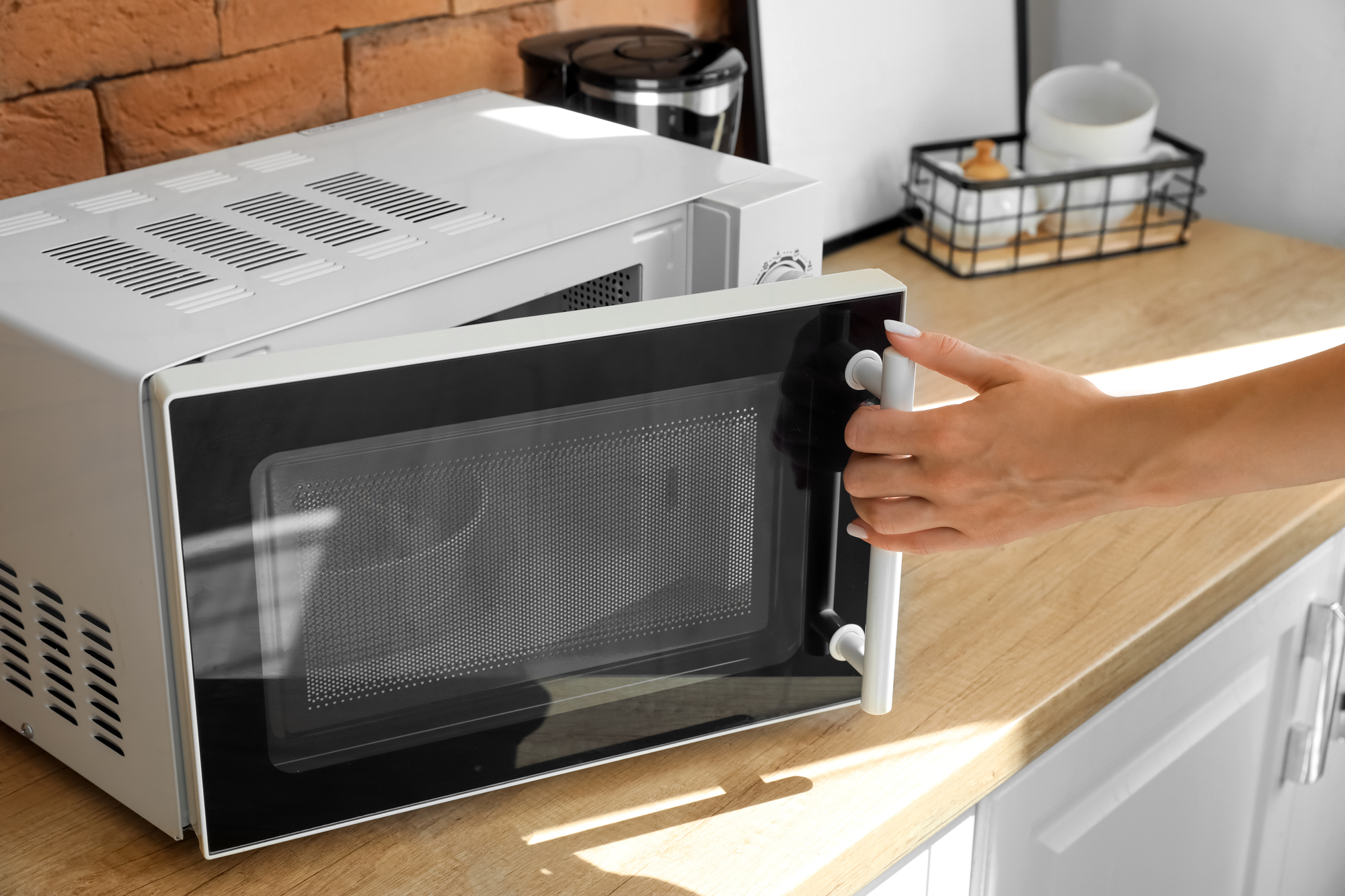
Percy Spencer discovered microwave cooking by accident while working on radar systems during World War II. A chocolate bar melted in his pocket while he stood near magnetron tubes, leading to experiments with intentionally cooking food using microwaves.
Raytheon, his employer, filed the first microwave oven patent. Early models, called Radaranges, were refrigerator-sized and were used primarily by military posts and large restaurants. The technology gradually miniaturized, reaching homes during the energy crisis of the 1970s.
Kleenex
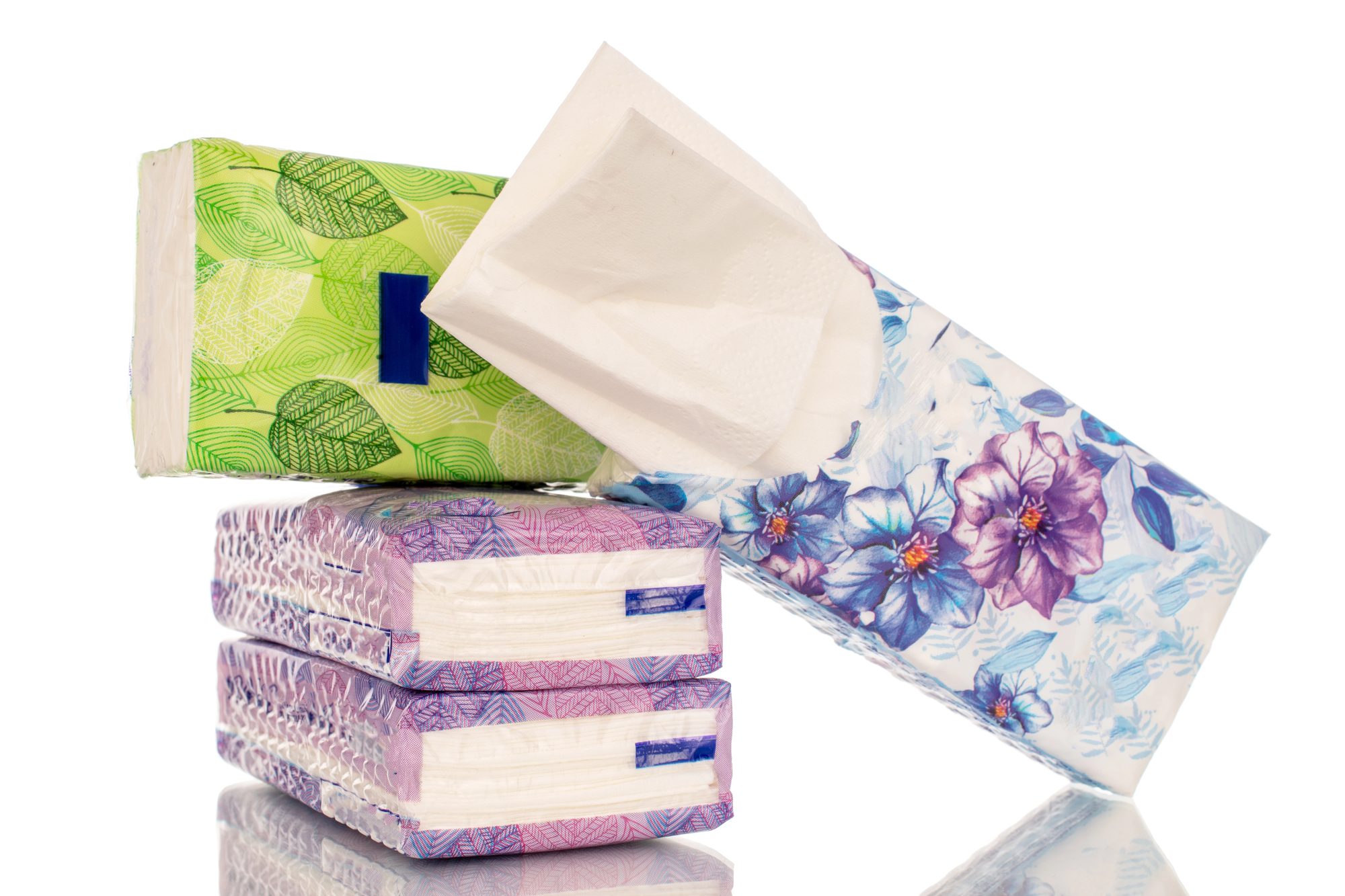
Originally developed as a gas mask filter during World War I, Kleenex began as crepe paper infused with chemicals to prevent gas attacks. After the war, Kimberly-Clark had huge supplies of this specialized paper and needed new uses for it.
The company discovered that the material worked well for removing cold cream and makeup. During the influenza pandemic, its use as disposable handkerchiefs became popular for hygiene reasons, leading to its current primary purpose.
Like Go2Tutors’s content? Follow us on MSN.
Penicillin Mass Production

While Alexander Fleming discovered penicillin, it wasn’t until World War II’s massive casualty rates drove an urgent need for researchers to develop ways to mass-produce it. The U.S. and British governments funded extensive research to scale up production for treating wounded soldiers.
The crisis pushed scientists to develop deep-tank fermentation processes that increased penicillin yields dramatically. By D-Day, enough penicillin existed to treat all wounded Allied forces, marking the beginning of the modern antibiotics era.
Ziploc Bags
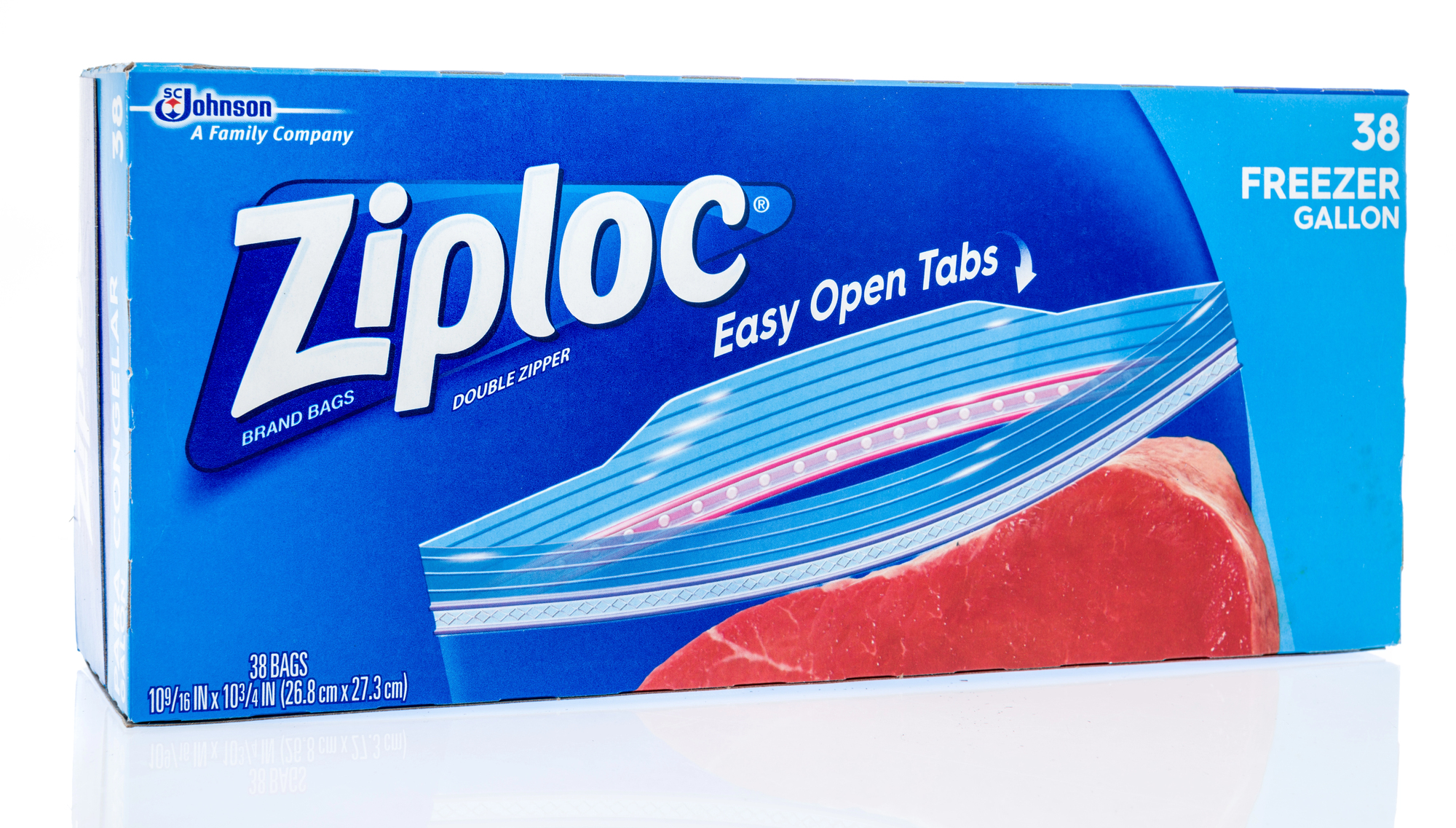
The resealable plastic bag emerged from a broader crisis in food preservation during the Cold War. The military needed better ways to protect equipment and food from the elements in various combat scenarios.
Steven Austin, inspired by the closure of plastic bags protecting military equipment, developed the consumer version. The energy crisis of the 1970s boosted their popularity as people sought better ways to preserve food and reduce waste.
Synthetic Rubber

When Japan cut off natural rubber supplies during World War II, the U.S. government launched a massive program to develop synthetic alternatives. This crisis led to innovations in polymer science that created many modern synthetic materials.
The research program involved over a thousand scientists and helped establish America’s polymer industry. Post-war, these developments revolutionized everything from automobile tires to household products.
Like Go2Tutors’s content? Follow us on MSN.
Nylon

DuPont invented nylon, but World War II created an urgent demand when Japan cut off silk supplies. The material became crucial for parachutes, ropes, and aircraft fuel tanks. Women donated their nylon stockings to the war effort to recycle into military supplies.
Post-war manufacturing techniques developed during the crisis enabled nylon’s widespread use in consumer goods. The material’s versatility revolutionized countless products, from clothing to machine parts.
Instant Noodles

Momofuku Ando invented instant ramen in post-World War II Japan during a period of severe food shortages. The Ministry of Health promoted wheat consumption to counter rice shortages, inspiring Ando to develop shelf-stable noodles.
He discovered that flash-frying noodles created microscopic holes, allowing them to rehydrate quickly. The product helped feed Japan’s recovering population and later became a global staple, particularly during economic downturns.
Paper Cups

The influenza pandemic transformed how people drank water in public places. Shared cups at water fountains spread disease, leading to the rapid adoption of disposable paper cups invented by Lawrence Luellen and Hugh Moore.
Their Dixie Cup company originally targeted railroad travel, but the pandemic created widespread demand for sanitary drinking options. Public health concerns permanently changed drinking habits, establishing disposable cups as a standard.
Like Go2Tutors’s content? Follow us on MSN.
GPS

The Cold War space race and nuclear crisis drove the development of the Global Positioning System. The Soviet Union’s launch of Sputnik sparked urgent U.S. military research into satellite-based navigation.
Initially designed to guide nuclear submarines and missiles, GPS technology became available for civilian use after Korean Air Lines Flight 007 was shot down for straying into Soviet airspace. President Reagan ordered the military to share the technology to prevent future navigation tragedies.
Tampons

Modern tampons evolved from bandaging materials used in World War I. Nurses used compressed cotton bandages as makeshift menstrual products, leading to the development of commercial tampons.
During World War II, women entering the workforce needed better solutions for menstrual care while working in factories. This drove innovations in tampon design and manufacturing, establishing them as mainstream products.
Spray Cans

The modern aerosol spray emerged during World War II when the U.S. military needed a portable way to kill malaria-carrying mosquitos in the Pacific theater. Two Department of Agriculture scientists, Lyle Goodhue and William Sullivan, developed a small, pressurized can that sprays insecticides in a fine mist.
The military filled millions of these “bug bombs” with insecticide to protect troops in tropical regions. After the war, Robert Schick and his partner adapted the technology for consumer use, leading to everything from hairspray to spray paint.
The energy crisis of the 1970s later drove innovations in propellant technology when chlorofluorocarbons (CFCs) were found to damage the ozone layer, pushing manufacturers to develop more environmentally friendly alternatives.
Like Go2Tutors’s content? Follow us on MSN.
Crisis Innovation Legacy

These inventions demonstrate how periods of extreme challenge often spark creative solutions that outlast the crisis itself. Many emerged from military necessities, public health emergencies, or economic hardships yet found enduring peaceful applications that improved everyday life.
Today’s challenges continue driving innovation, from pandemic-inspired improvements in remote technology to climate crisis solutions. History suggests that current global challenges may similarly produce innovations that future generations will consider indispensable parts of daily life.
More from Go2Tutors!

- Famous Battles: How Much Do You Really Know About U.S. History?
- Top 5 Most Important Skills, According To Harvard Business School
- How Well Do You Know 90s Pop Culture? Take the Quiz
- Master the Art of Public Speaking with These Expert Tips
- Think You Know Capitals? Put Your Knowledge to the Test
Like Go2Tutors’s content? Follow us on MSN.



